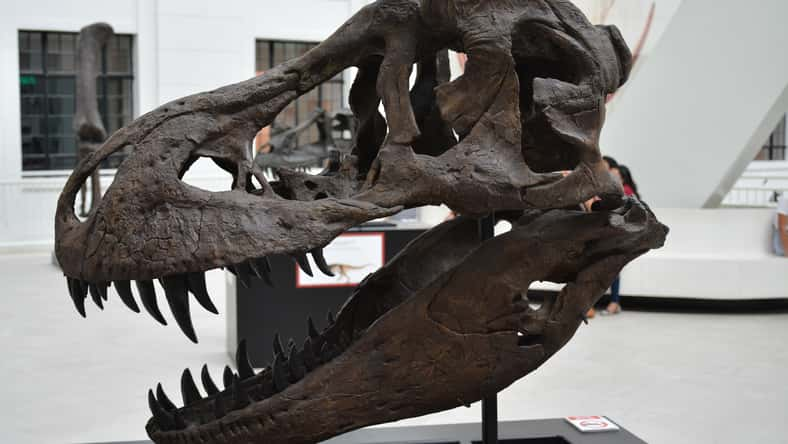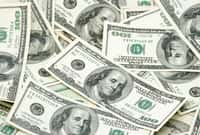
In 1626, Native Americans sold the entire island of Manhattan to the Dutch for just $24 worth of beads and trinkets—at least, that’s how the story goes. This piece of history became woven into the fabric of New York City, serving as a significant part of the city’s background.
However, the details of the sale remain murky and questions of its validity are raised. The truth is that the momentous exchange was a lot more complex than history will have you believe.
The first and only mention of the Manhattan sale comes from a letter written on November 5, 1626, by a Dutch merchant named Pieter Schagen. The letter was addressed to the directors of the West India Company and contained information about how the island of Manhattan was purchased for 60 guilders, which was the Dutch currency at the time.
Some accounts of the sale suggested that the Munsees, a subtribe of the Lenape people, were the ones who sold the island, although it has not been confirmed.
Other accounts say that Europeans bought the land from a group of natives who were traveling through Manhattan. They had no claim to the land and tricked the Europeans into giving them their loot.
Schagen’s letter does not include any details about who was involved in the sale or when exactly it took place. Even the only tidbit of solid information available—the value of 60 guilders—has been misinterpreted into the figure of $24.
Historians from the 19th century got $24 from the conversions they did, and the number somehow never changed over time. Today, 60 guilders equal more than $1,000.
Furthermore, there is no indication in the letter of what the guilders represent. Were they Dutch coins, native currency, food, or other goods?
The land deed documenting the sale of Staten Island between Native Americans and the Dutch in 1630 offers more detail. It said that the Dutch traded multiple boxes of shirts, cloth, socks, kettles, bars of lead, and many various weapons. So, it’s possible that similar items were traded during the Manhattan sale.

Also missing from any documentation of the Manhattan sale were the benefits of the deal for both parties. During that time, early Dutch settlements in the area were growing rich off the beaver trade.
They relied on the Native Americans for the industry to thrive, which motivated them to secure more land. In addition, the tribes would be able to count on the Dutch as trade partners, so there were advantages for everyone.
The story of the Manhattan deal is further complicated by cultural differences and misconceptions. Some historians have noted that early European settlers believed that Native Americans had no regard for private property rights and ownership.
However, that couldn’t be more wrong. Free market trade situations were common among native people. They just considered land as a space to be shared among different groups instead of something that is relinquished permanently.
It is likely that the Manhattan sale represented an agreement for the Dutch to share the land, which might be why the payment seems so modest. It also might’ve guaranteed safe passage for the Dutch through the area.
With all that in mind, it appears that the persisting story of Manhattan being sold for a mere $24 worth of beads and trinkets is more false than true.
The myth paints the picture that native people gave up their land so easily because they were unaware of what they had when that couldn’t be further from the truth.
As the real facts of Manhattan’s sale begin to emerge, hopefully, they can help dispel the harmful interpretation of the myth.
Sign up for Chip Chick’s newsletter and get stories like this delivered to your inbox.












